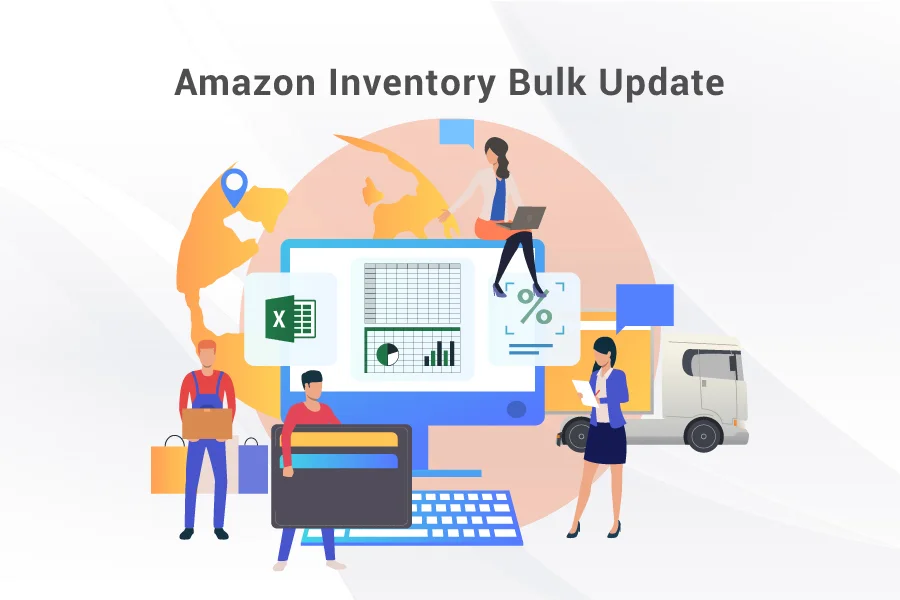
Amazon FBA Returns: How To Handle Returns When the Buyer is at Fault
Dealing with Amazon Marketplace returns is painful and frustrating. Not every error is made by the seller; the buyer may also be at fault. As a Fulfillment by Amazon (FBA) seller, it’s important to know how to handle returns—especially when the buyer is at fault.
In this article, we’ll walk you through managing Amazon FBA returns when the buyer is violating the Amazon return policies. Let’s get started!
Are merchants required to accept a buyer’s return?
Yes, anyone who sells on Amazon is required to accept a buyer’s return request. This is part of Amazon’s terms and conditions concerning refunds and returns.
What to do if a buyer returns an item after 30 days
Customers can ask for a return on items they bought from Amazon Marketplace sellers within 30 days of receipt. If a buyer returns an item more than 30 days after the purchase, they are technically outside Amazon’s return window.
At this point, it’s up to you, as the seller, to decide what to do. You could accept the return and give the buyer a refund, or you could say no and ask the buyer to contact Amazon directly. Refusing a return is risky because it could lead to the buyer giving you bad feedback. However, if the item is not returned in the same condition as it was sold, or if the buyer is trying to take advantage of you, then refusing the return is your best decision.
How to manage a return request from Amazon FBA?
If it’s a return request from Amazon FBA and the customer contacts you, tell them to contact Amazon support or show them the return option on their order page.
Buyers change their Minds
Sometimes buyers may change their minds and decide they no longer want the product they ordered. In this case, you can offer a return and refund, but make sure you understand the different situations that can occur.
When a buyer changes their mind, it’s important to be empathetic. Make sure you take the time to listen to any concerns they may have and assess their situation on a case-by-case basis.
Sometimes, you may want to offer a partial refund or exchange the item for something else in your store.

Make sure you know Amazon’s return policies to find an appropriate solution. You want to avoid being stuck in an awkward situation because you don’t know what is or isn’t allowed, and taking a few moments to ensure all parties are happy is always time well spent.
Read More: How to Get Reimbursements for Damaged Inventory from Amazon?
FBA Sellers & MFN Sellers
It’s worth noting that if you’re an Amazon FBA seller, you’ll typically receive a fee for returns due to the buyer’s fault instead of the item’s replacement cost. This fee is known as a “Restocking fee.”
Meanwhile, if you’re an Amazon MFN (Merchant Fulfilled Network) seller, you’ll only be charged the shipping cost for returned items.
It’s always a good practice to watch your returns and review the reasons regularly. Amazon also looks at return rates as one of its key metrics when calculating your Seller Performance score. This is an important step to take to protect your reputation and stay in good standing with Amazon.
Scammers
Some malicious and dishonest customers may try to take advantage of a business selling on Amazon Marketplace. These buyers will either claim items were not as described, even if they were. Or they state they haven’t received the product, even though tracking states otherwise.
First, be aware that Amazon FBA does support sellers in these cases and can provide evidence such as tracking numbers, delivery confirmation, and other buyers’ feedback if the issue is raised with them.
Secondly, consider offering a partial refund or replacement item if the buyer claims an item was not as described or damaged in transit; this might convince them to retract the return request.
If a buyer claims they purchased an item but didn’t get it, consult your shipping service before taking action, as it may be due to an honest mistake rather than fraud. If you are sure that the customer has received the order, you can send them the proof of receipt.
It’s always important to be aware of malicious buyers, no matter what level of seller you are on Amazon —being prepared helps protect your business and reputation!
Wrapping Up!
When it comes to Amazon Marketplace returns, always put the customer first. If the buyer is at fault, it’s the seller’s responsibility to help the buyer through the return process and make it as easy as possible.
Just as we mentioned in the first sentence, “Dealing with Amazon Marketplace returns is painful and frustrating”. That’s the reason why many companies decide to use an Amazon Account Management service like SPCTEK for returns. You can focus on your business while we handle buyer returns efficiently and without hassle.
FAQ’s
Generally, sellers are expected to accept returns, even if the buyer is at fault, unless the seller has explicitly stated otherwise in their return policy or if the return violates Amazon’s policies.
Sellers can communicate with the buyer to understand their reasons for the return and provide any necessary clarification or assistance. If the return still appears unjustified, sellers can escalate the issue to Amazon Seller Support for further review.
Sellers can use tracking and delivery confirmation for shipments, maintain thorough records of communications and transactions, and report any suspicious or fraudulent activity to Amazon Seller Support.
Sellers can refer to Amazon’s Seller Central for comprehensive guides, policies, and support resources related to handling returns and managing transactions on the Marketplace.









